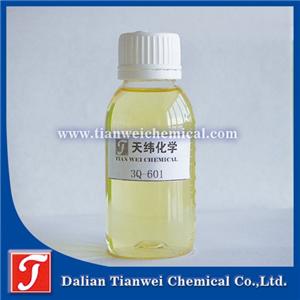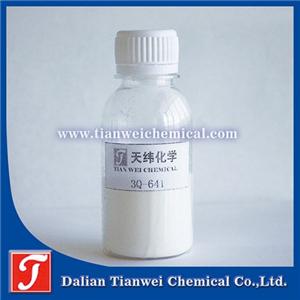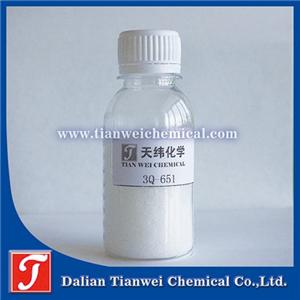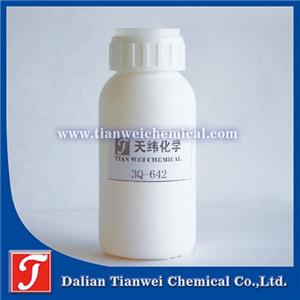antibacterial agents to pulp: Technological Innovation and a Green Future
2. The mechanism of action of antibacterial agents in pulp
Direct contact sterilization
Antibacterial agents come into contact with the bacterial cell membrane by releasing active components (such as silver ions, quaternary ammonium salts, etc.), destroying its structure, causing the leakage of cell contents, and ultimately leading to the death of bacteria. This mechanism is applicable to scenarios with high contact frequency, such as food packaging paper, medical paper, etc.
Slow-release antibacterial
Some antibacterial agents (such as nano-titanium dioxide) can form a protective layer on the surface of paper, continuously releasing reactive oxygen species (ROS) through photocatalytic reactions to inhibit bacterial growth. This long-lasting antibacterial property is suitable for scenarios that require long-term protection, such as file paper and library paper.
Inhibit the formation of biofilms
Antibacterial agents can interfere with the quorum sensing system (QS) of bacteria, prevent them from forming biofilms, and thereby reduce the adhesion ability of bacteria on the surface of paper. This mechanism is particularly important in damp environments, such as toilet paper and kitchen paper.
Iii. Application Value of Antibacterial Agents in Pulp
The field of public health
Antibacterial paper can reduce the risk of bacterial transmission in public places such as hospitals, schools and transportation vehicles. For instance, antibacterial door handle paper, elevator button cover paper, etc., reduce the probability of cross-infection by continuously releasing antibacterial components.
Food safety
Adding antibacterial agents to food packaging paper can extend the shelf life of food and reduce spoilage caused by bacterial contamination. Antibacterial agents can also inhibit the growth of mold and enhance food safety.
Medical supplies
Antibacterial surgical papers, dressing papers, etc. can significantly reduce the risk of postoperative infection. By controlling the release rate of antibacterial agents, local high-concentration antibacterial effects can be achieved while avoiding potential toxicity to the human body.
Environmental protection and sustainability
The promotion of antibacterial paper can reduce paper waste caused by bacterial contamination and extend the service life of paper. In addition, the application of natural antibacterial agents (such as chitosan and plant extracts) can reduce the environmental impact of chemically synthesized antibacterial agents.
Iv. Technical Challenges and Solutions
The compatibility of antibacterial agents with pulp
Some antibacterial agents may affect the fiber bonding strength of the pulp or cause the paper to turn yellow. The solutions include:
Select antibacterial agents with good compatibility with pulp (such as nano-zinc oxide);
The antibacterial agent is encapsulated by microencapsulation technology to reduce the impact on the performance of the paper.
The persistence of antibacterial agents
Antibacterial agents may be lost during the use of paper due to friction and washing. The improvement directions include:
Develop cross-linked antibacterial agents to enhance their adhesion to paper;
An antibacterial layer is formed on the surface of the paper by using multi-layer coating technology.
Cost and large-scale production
The application of antibacterial agents may increase the production cost of paper. It can be optimized in the following ways:
Develop low-cost natural antibacterial agents (such as bamboo extracts);
Cooperate with papermaking enterprises to optimize the technological process and reduce the overall cost.
Adding antibacterial agents to pulp is an important direction of technological innovation in the papermaking industry. By optimizing the selection and application process of antibacterial agents, a balance among the antibacterial performance, cost-effectiveness and environmental friendliness of paper can be achieved. In the future, with the development of materials science and nanotechnology, antibacterial paper will demonstrate its value in more fields and contribute to human health and environmental protection




